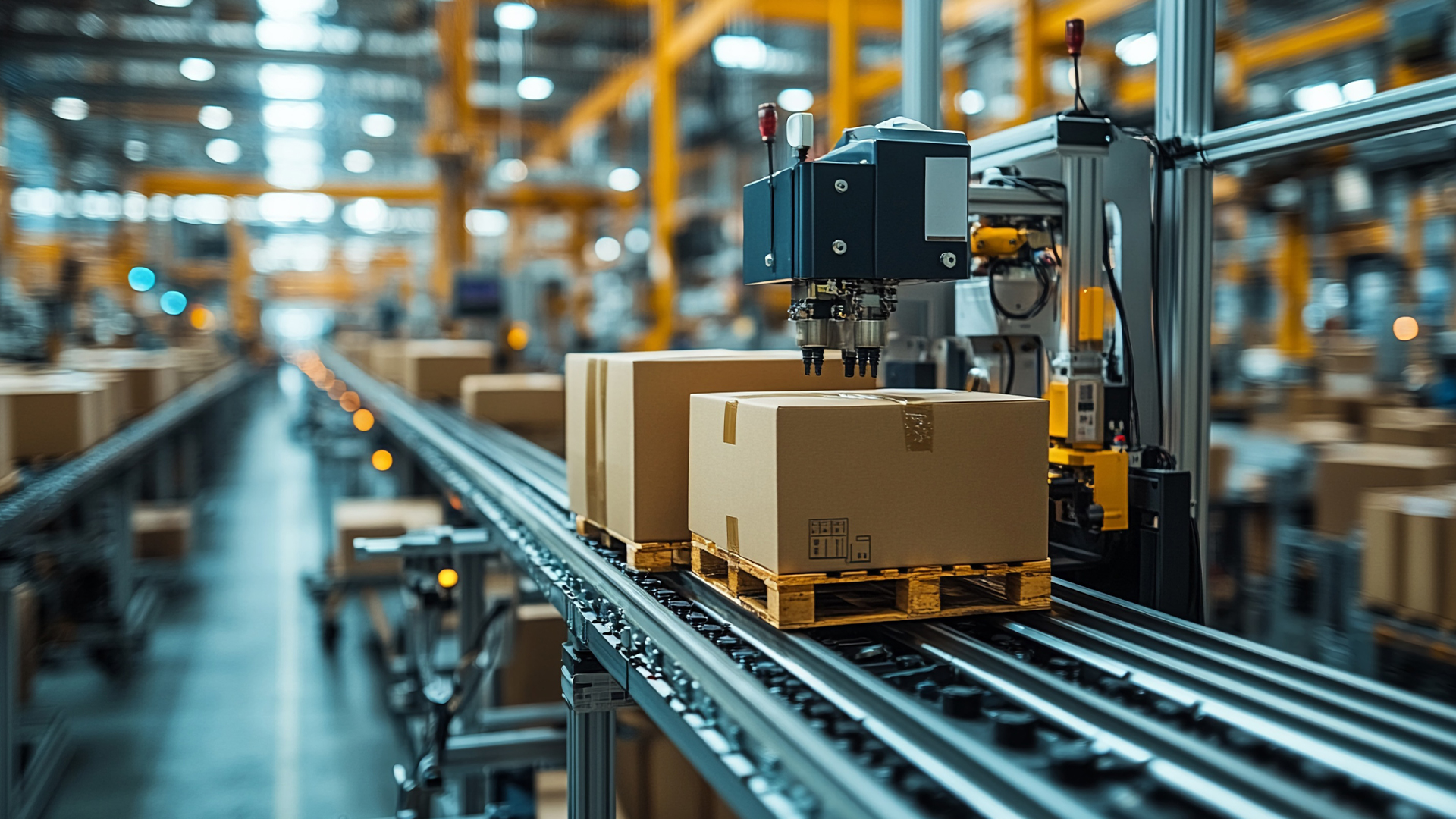How Amazon Automated Pricing Works & Why Sellers Need It
Navigating the ever-changing landscape can be challenging for e-commerce sellers looking to stay competitive with their pricing. Automated pricing technology is a new tool for every major platform player. It allows vendors to adjust their prices quickly and stay competitive. Any seller aiming to succeed in the digital marketplace must understand how this system works and recognise its importance.
How Automated Pricing Works
Amazon automated pricing (after repricing) uses advanced algorithms to adjust prices automatically in real time. This technology analyses several factors to determine the best pricing strategies, such as competitor pricing, variations in demand, and previous sales data. The information is processed in real time, allowing prices to adjust quickly and keep sellers competitive.
These algorithms can learn and adapt over time, improving the efficiency of pricing methods. Additionally, by using machine learning to predict market trends and take action before humans can, automatic pricing helps sellers stay ahead of the competition by constantly updating their strategies.
Benefits for Sellers
There are many great benefits to using an automated pricing strategy. Most importantly, it provides sellers with significant time and effort savings. For those with a large number of products, manually adjusting prices can be a tedious task. Automation allows sellers to focus on other aspects of their business.
Moreover, by optimising prices to maximise sales and protect margins, this technology boosts profitability. By being responsive to changing market dynamics, sellers can ensure they don’t underprice or overprice their products. This balance helps maintain profitability, even during market fluctuations.
Competitive Advantage in Online Selling
Given the hyper-competitive nature of the e-commerce market, ensuring you have a competitive edge is vital. Sellers can take advantage of competitors’ pricing actions with a quick automated response. Automated systems allow price adjustments in seconds after competitors change their prices, enabling sellers to stay competitive.
Price wars, though often undesirable, are common in online marketplaces. Automation in pricing helps sellers navigate these challenges. By balancing their prices, sellers can avoid unnecessary losses and remain competitive. This agility allows sellers to outmaneuver competing manufacturers without sacrificing profit margins.
Making Sure That The Customers are Happy
Price or cost matters a lot—customers often go for what they believe is the best deal—but it is not the only consideration. Fair and competitive prices enhance the positive aspects of consumer experiences with automated pricing. Offering regular and sensible pricing will make shoppers more inclined to choose you as a seller.
Additionally, having competitive prices can improve trust and loyalty from customers. If a consumer believes that a seller consistently offers reasonable deals, they are more likely to return for future purchases. This loyalty can lead to long-term success and repeat customers for life.
Setting up Automated Pricing
Sellers looking to implement automated pricing should keep a few key considerations in mind. Choosing the right software is of utmost importance. There are various solutions available, each offering different features and capabilities. Sellers need to assess their requirements and select the platform that aligns with their objectives.
Sellers must define their pricing rules and strategies clearly. It’s vital to understand how the software works and configure it to meet business goals. The system should be continuously monitored and adjusted as needed to ensure it performs at peak levels.
Possible Hoops and Ways to Get Through Them
Automated pricing offers many benefits, but sellers may also encounter a few challenges. One concern is the potential for price volatility. Frequent price changes can cause unintended fluctuations and may impact how customers perceive the business. Sellers should establish boundaries to ensure prices remain stable and consistent.
The second challenge is the reliance on accurate data. Machine learning algorithms require access to correct data to determine the right pricing. Maintaining data integrity through periodic updates and audits is essential for successful automated pricing. Sellers should also stay updated on market trends to make informed decisions.
Conclusion
Automated pricing is a disruptive force within the realm of e-commerce today. Using technology to its fullest potential to help sellers optimise prices is key to staying competitive, ensuring profitability, and keeping customers satisfied. Understand how this mechanism works, its advantages, challenges, and everything a seller needs to succeed with this digital strategy. Adopting this innovation not only simplifies operations but also prepares sellers for continuous growth and long-term success.













